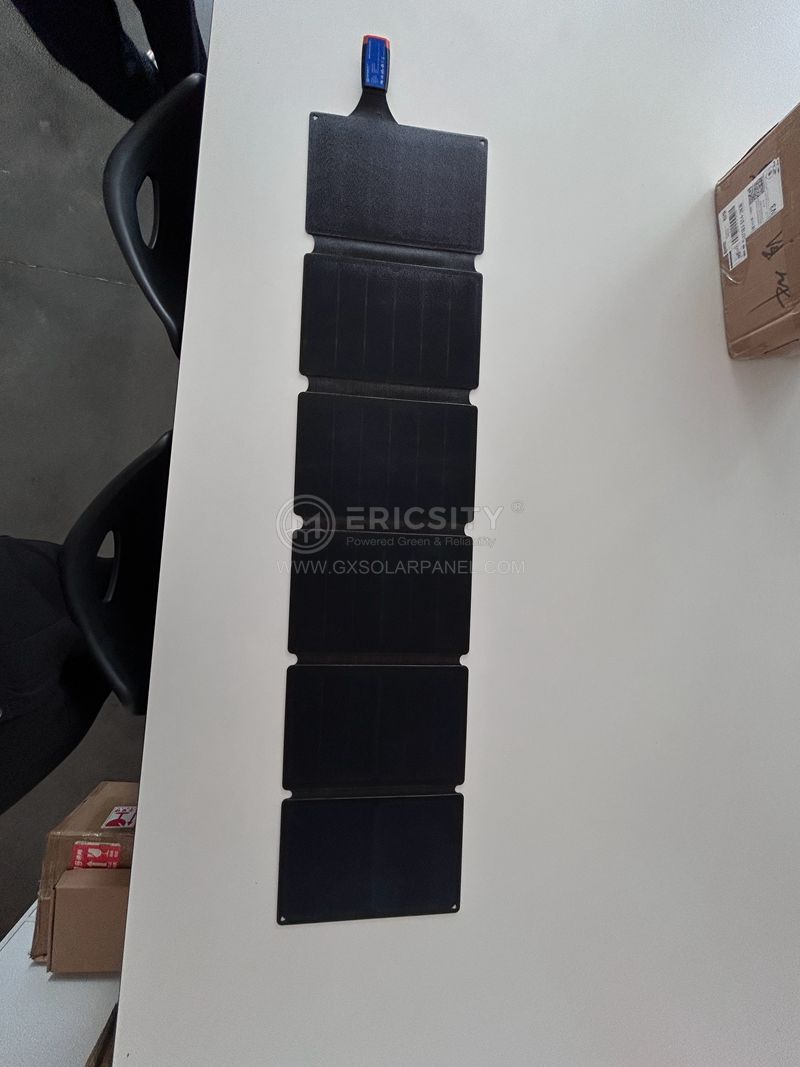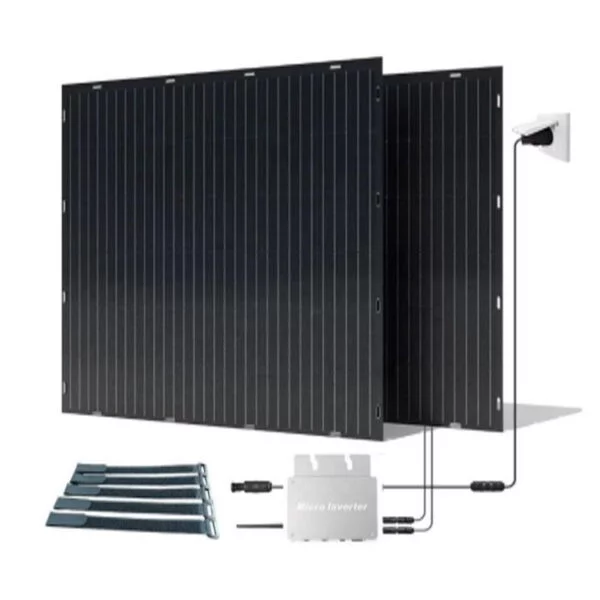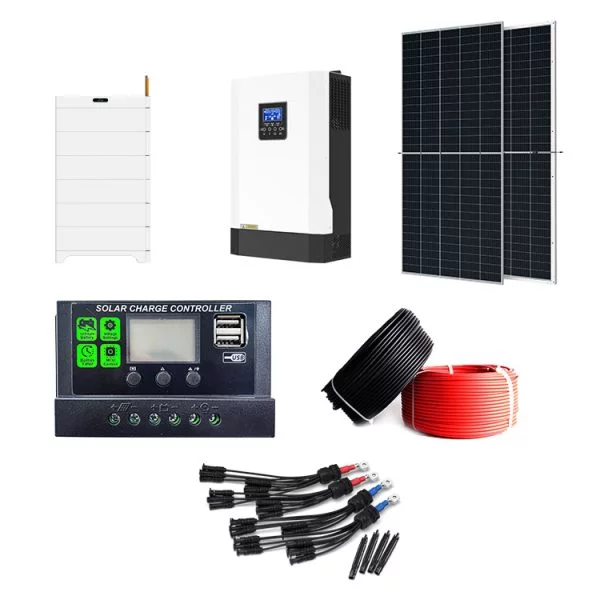HOT PRODUCT
Product Details
Solar Panel Cost Vs. Quality: Balancing Price And Efficiency
Title: Solar Panel Cost Vs. Quality: Balancing Price And Efficiency
Introduction
As the global demand for renewable energy continues to rise, solar power has emerged as a promising solution. Solar panels, designed to harness the sun’s energy and convert it into electricity, are now more accessible than ever before. However, when considering investing in solar panels, one crucial factor to evaluate is the balance between cost and quality. This article will discuss the relationship between solar panel cost and efficiency, aiming to provide a comprehensive understanding of the factors to consider when making a purchase decision.

Understanding Solar Panel Efficiency
Solar panel efficiency refers to how effectively panels convert sunlight into usable electricity. Higher efficiency panels produce more electricity per square meter of surface area, leading to greater power output. Highly efficient solar panels maximize energy generation, making them an attractive choice for homeowners, businesses, and utility-scale projects. However, high-efficiency panels often come at a higher cost compared to lower-efficiency alternatives.
Factor 1: Initial investment
The upfront cost of solar panels is a significant consideration for most consumers. Lower-cost panels are more affordable initially, but may not deliver optimal efficiency. On the other hand, higher-cost panels tend to have better energy-conversion rates and offer more extended warranties and product lifespan. Therefore, buyers should weigh their budget constraints and long-term expectations when selecting a panel efficiency level that suits their needs.
Factor 2: Return on investment
While low-cost panels may seem appealing at first, it is essential to consider the long-term return on investment (ROI). Higher efficiency panels generate more electricity over their lifespan, resulting in greater energy savings and potentially faster ROI. Additionally, as technology advances, the cost of solar panels continues to decrease while efficiency increases, making it crucial to evaluate whether higher upfront costs will be offset by long-term benefits.

Factor 3: System size and available space

The size and available space for solar panel installations can influence the choice between cost and quality. For homeowners with limited roof space, high-efficiency panels can be advantageous due to their ability to generate more power in smaller areas. Conversely, those with ample roof space may opt for lower-cost panels to achieve the desired energy production goals with a larger installation. This factor highlights the importance of considering individual energy needs and constraints.
Factor 4: Geographical location
Solar panel efficiency can also be affected by the geographical location where they are installed. Areas with ample sunlight may not require high-efficiency panels, as even lower-cost options can produce sufficient energy output. However, in regions with less sunlight, investing in higher-efficiency panels becomes more critical to maximize energy generation, ultimately justifying their higher upfront costs.
Conclusion
In summary, the decision to balance solar panel cost and efficiency relies heavily on individual preferences, budget constraints, and long-term expectations. While lower-cost panels may appear attractive initially, they may have lower efficiency rates and potentially reduce the overall ROI. Higher-cost panels with better efficiency can lead to significant energy savings over time, making them an excellent choice for those seeking maximum performance. Ultimately, understanding the factors discussed in this article is crucial for selecting the most suitable solar panel solution based on your specific needs and resources.




